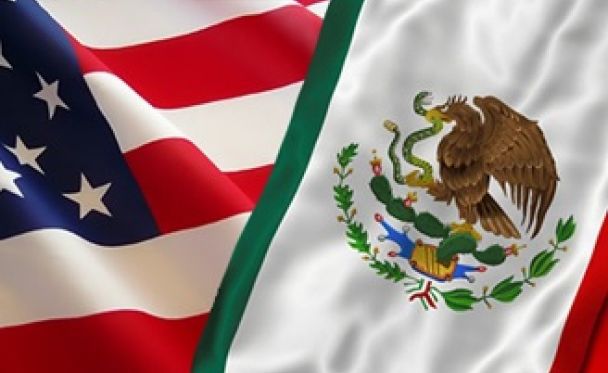McALLEN — While there are still steps to finalize the contract, a feasibility study is on the horizon regarding the creation of the Madero International Bridge, likely in Mission.
McALLEN — While there are still steps to finalize the contract, a feasibility study is on the horizon regarding the creation of the Madero International Bridge, likely in Mission.
The Anzalduas International Bridge Board, as well as the cities of McAllen and Mission, have approved a $699,000 contract with an engineering firm to conduct the study. There’s still language and drafting to be completed, but the board and city commissions have given the go ahead.
The study will be paid for by the bridge board, which makes its money through bridge tolls. However, if the Anzalduas International Bridge Board decides at any point it wants, for any reason, to back out of the study, Mission will foot the bill, according to a discussion at Monday’s McAllen City Commission meeting and Mission Mayor Norberto “Beto” Salinas.
McAllen, Mission and Hidalgo currently make up a bridge system that is responsible for the McAllen-Hidalgo International Bridge and the Anzalduas International Bridge. If the Madero span gets built, it would join this network.
Mission holds a Presidential Permit to build an international bridge, which expires in about four years. Salinas said this bridge would be specifically for truck traffic. The Hidalgo bridge does not handle truck traffic while Anzalduas currently only handles southbound, empty truck traffic, which started in August.
“Of course, you see the terrible problem they have at the Pharr Bridge getting goods from Mexico across,” Salinas said Tuesday. “Tomatoes rot; the goods from Mexico are not making it.”
Wait times have long been a problem at the Pharr-Reynosa International Bridge, which is the only full-service bridge in the area. It is open to cars and empty and full trucks crossing north and southbound. In January, Pharr recorded its busiest truck month since its opening over 20 years ago.
The bridge is Pharr’s baby — the city makes roughly $12 million per year from it and invests heavily in marketing the bridge on both sides of the Rio Grande.
Pharr and federal officials understand that wait times are an issue. The Department of Homeland Security selected Pharr in June for projects under the Donations Acceptance Program. Those projects include a new cold inspection facility, anew agricultural inspection training and development facility, and expanding secondary inspection dock space at the Pharr port of entry.
U.S. and Mexico officials are also working on a pilot program to forgo inspecting northbound trucks on the Mexican side of the Pharr International Bridge and only inspect on the U.S. side to reduce wait times.
The plan is to have Mexican inspectors working with U.S. inspectors inside U.S. federal facilities, according to Pharr Bridge Director Luis Bazan. A similar program exists in Tijuana, Bazan said.





